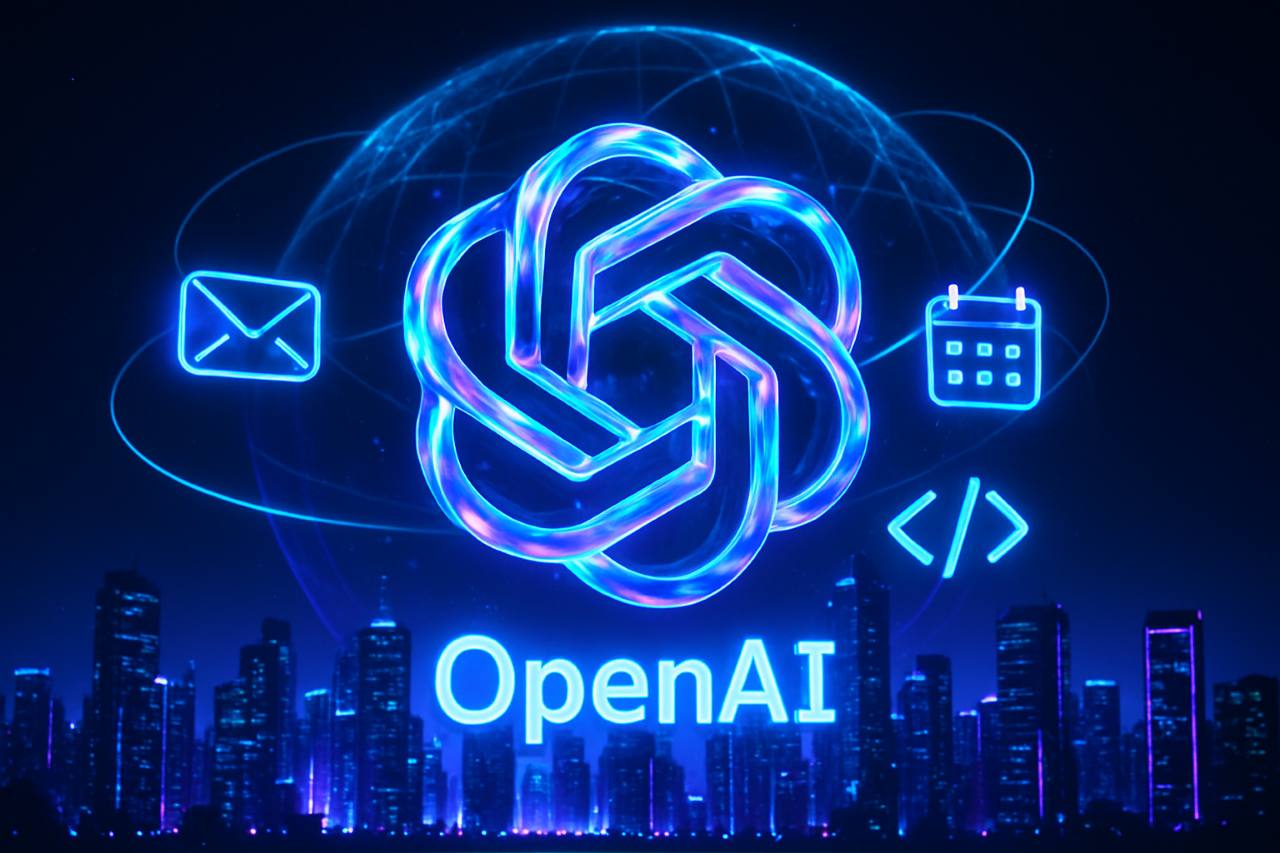
The Hype, the Reality, and the Quiet Revolution Under the Hood
OpenAI’s latest act isn’t just another model update. With the unveiling of GPT-5, the company behind ChatGPT is making a play for the next era of AI — one that’s less about dazzling demos and more about trust, transparency, and, yes, a little bit of personality. If you’ve been following the AI arms race, you know the script: every new model is “smarter,” “faster,” and “more human.” But this time, the changes are less about headline-grabbing tricks and more about the subtle, sometimes invisible, ways AI is weaving itself into daily life.
A Unified Model, No More Guesswork
Let’s start with the most practical shift: GPT-5 ditches the old “model switcher” entirely. Instead of toggling between GPT-4, 4o, or whatever flavor you thought best for your task, GPT-5 simply gives you the best version for your prompt, every time. It’s a move that feels overdue, but it’s also a quiet admission that most users don’t want to think about model selection — they just want things to work. This is OpenAI’s answer to the “it should just work” mantra, and it’s a subtle but significant step toward making AI feel less like a science project and more like a utility.
Safe Completions and the End of AI Guesswork
One of the most intriguing new features is “safe completions.” In plain English, this means ChatGPT will now try to give the most helpful answer possible within clear safety boundaries — and, crucially, it will explain why if it can’t help. This is a direct response to the “hallucination” problem that’s haunted AI for years. OpenAI is betting that transparency, not just accuracy, is the new currency of trust. If you ask for medical advice, for example, GPT-5 is more likely to clarify its limits, rather than bluff its way through a risky answer. It’s a small behavioral tweak, but it could reshape how people rely on AI for sensitive topics.
Personalization, With a Dash of Attitude
GPT-5 isn’t just smarter; it’s more personal. Users can now pick from pre-set personalities — Cynic, Robot, Listener, Nerd — and even customize chat colors (a nod to the “Pro” crowd). There’s a whiff of nostalgia here, reminiscent of AIM away messages and MSN Messenger themes, but it’s also a sign that AI is moving from faceless tool to something closer to a digital companion. For the skeptics, this might sound like window dressing. But for millions who use ChatGPT as a daily assistant, these touches matter. They make the experience feel less transactional, more like a conversation.
Real-World Skills: Coding, Health, and Beyond
Under the hood, GPT-5 is a leap forward in practical skills. Early testers and leaks point to major gains in coding (especially frontend design), writing, and even health-related queries. The model is reportedly better at multi-step reasoning and can handle complex tasks with less hand-holding. There’s also a new integration with Gmail, Google Calendar, and Contacts — a move that signals OpenAI’s ambition to become the connective tissue of your digital life, not just a chatbot in a browser tab.
Four Flavors, One Ambition
A now-deleted GitHub post spilled the beans on four distinct versions of GPT-5: the standard model for logic and multi-step tasks, a “mini” for cost-sensitive applications, a “nano” for speed, and a “chat” variant for advanced, context-aware conversations. This isn’t just about choice; it’s about making AI fit into more corners of the internet, from enterprise helpdesks to real-time mobile apps. The message is clear: OpenAI wants GPT-5 everywhere, not just in ChatGPT.
The Safety Question: Still Unanswered, But Less Ignored
OpenAI’s leadership, from Sam Altman to Greg Brockman, has been unusually vocal about the safety and ethical challenges of this release. The company delayed its open-source model to run more safety tests, and GPT-5’s rollout has been slower and more cautious than previous versions. There’s a sense that OpenAI is feeling the weight of its own influence — and the scrutiny that comes with it. Whether this new model will actually be less prone to hallucinations, or just better at admitting when it doesn’t know, remains to be seen. But the shift in tone is real.
The Bottom Line: A Turning Point, or Just Another Step?
Is GPT-5 a revolution? Not in the way that GPT-3 or the original ChatGPT felt. But it’s a turning point in how AI is presented, managed, and trusted. The focus is less on raw intelligence and more on reliability, safety, and seamless integration into daily life. For most users, the biggest change might be what they don’t notice: fewer errors, less confusion, and a chatbot that feels just a bit more like a partner than a parlor trick.
As the AI landscape gets more crowded, OpenAI’s bet is that trust and usability will matter more than ever. GPT-5 is their answer — not just to the competition, but to the growing expectations of a world that’s starting to take AI for granted.
